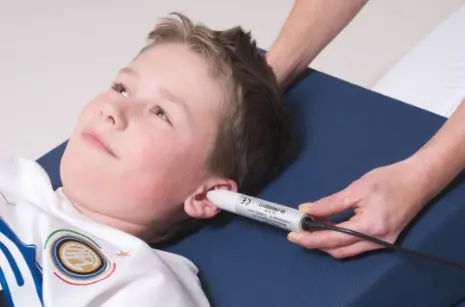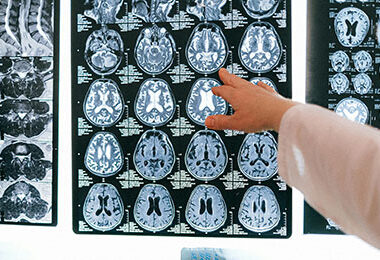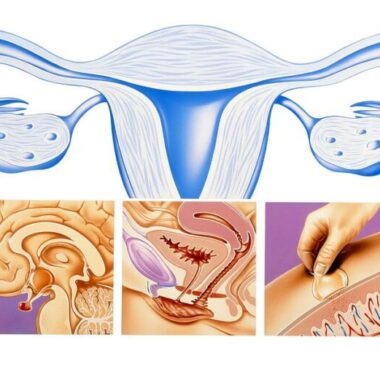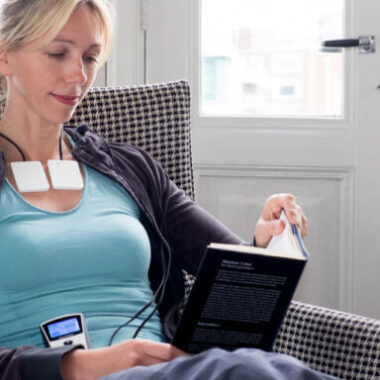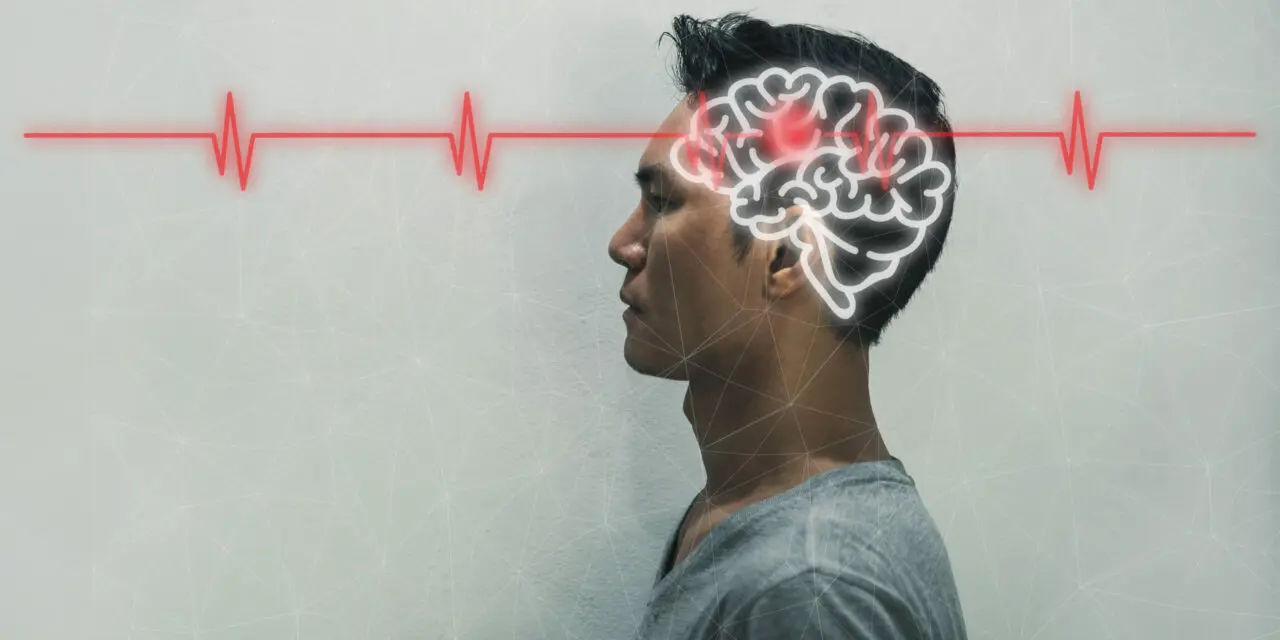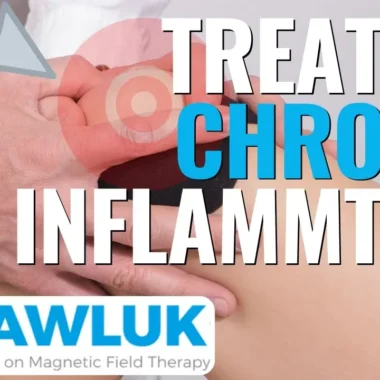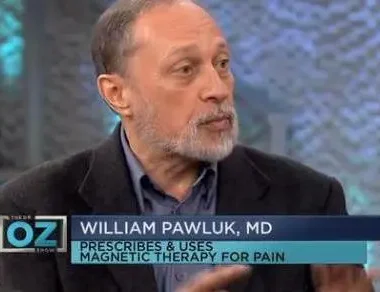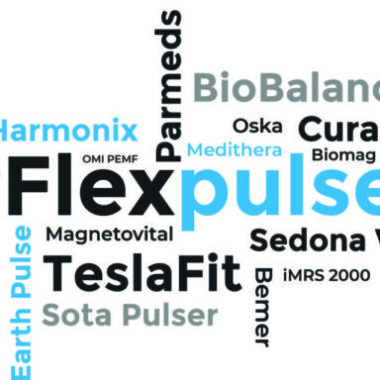PEMF Device Therapy in Children: Safety and Usefulness
Table of Contents
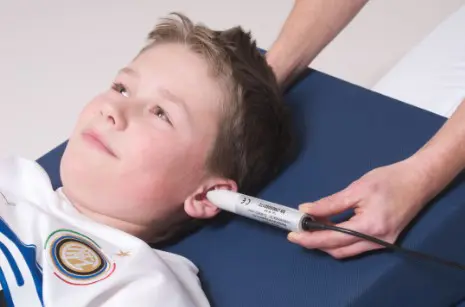
I have long been interested in the use of pulsed electromagnetic fields (PEMFs) in children. PEMFs are significantly underused in children. I believe this is due to 3 reasons. Firstly, most professionals who use PEMFs tend to limit their use in adults. Secondly, the lack of education of people who work with children and parents. Lastly, the fact that I have not emphasized the value of PEMFs with children. This blog is intended to begin to remedy the latter two reasons.
Below, I provide a summary of a more extended document discussing the use of PEMFs in children. The extended document can be found at: https://www.drpawluk.com/wp-content/uploads/2019/12/PEMF-device-therapy-in-children-safety-and-usefulness-full-article-1.pdf
The information regarding the value of PEMFs for children comes primarily from 3 sources: my first book, “Magnetic therapy in Eastern Europe: a review of 30 years of research,” my second book, “Power Tools for Health: how magnetic fields [PEMFs] help you, ” and from the blog section of my website, drpawluk.com/blog.
The evidence for the value of PEMFs in children is both direct and indirect. The direct evidence is based on studies that have actually been done in children. The indirect evidence comes from all of the science related to the value of PEMFs in general and in adults. This evidence is still very useful when considering children’s health issues. Clearly, some health issues and diseases happen more in adults than in children, and vice versa.
The information below will focus on the specific conditions that are common to and unique in children, that may or may not happen in adults too.
Unfortunately, there is limited direct evidence for the benefits of PEMFs for children’s health issues. The indirect evidence is still extraordinarily valuable, because, children share the same biologic mechanisms for health and disease as in adults, even though their specific disease conditions may be unique to their age brackets. Even among children, disease conditions vary in their frequency and severity within the age brackets of children, ranging from birth until late adolescence. As “children” approach late adolescence in age, they become more and more similar to mature adults in the way their bodies react and heal and the kinds of problems they face.
EVIDENCE FROM MY FIRST BOOK
My first book had a chapter on studies reported in Eastern Europe for the use of magnetic field therapies in children. These included benefits found for sinusitis, heart arrhythmias, Legg-Perthe’s disease, enuresis, other orthopedic conditions and chronic bronchitis. Legg-Perthe’s disease and enuresis tend to be more specific in common to children. PEMFs have been shown to be significantly beneficial for each of these conditions.
Whatever PEMFs do in adults is likely to work even better in children
The general expectation is that whatever works in adults is likely to work even better in children. because of the fact that children heal faster and regenerate damaged tissues better. This becomes more evident with trauma, such as wounds and fractures. The result is faster healing and reduced risk of breakdown, complications, side effects of treatments and and the need for medications and antibiotics.
One of the reasons for more rapid healing and reduced risk of complications is the accelerated metabolic rate of children compared to adults. Children have very rapid metabolic rates, about 2 ½ times higher than adults. The highest rates are in the first 5 years of life, leveling off into the teen years and beyond. (Son’kin) More rapid metabolic rates equate to rapid healing and recovery.
Because the bodies of infants and children are much more dynamically reactive physiologically and their bodies and organs are smaller, PEMF therapy needs to be applied differently. This includes the length of treatment time, intensity of the magnetic field and the need to go “low and slow” to observe for response and adjust treatment parameters accordingly. This approach is even more important in children who are vulnerable with significant health issues and handicaps and in situations of acute and more severe problems or disturbances.
ACUTE INFECTIOUS DISEASE
The most common childhood illnesses are acute infectious diseases, particularly in the respiratory and gastrointestinal tracts. PEMFs can be used early on in infectious diseases to speed healing and recovery and reduce the risk of complications. This can be especially important in dealing with ear infections [including mastoiditis], sinus infections and upper respiratory infections with significant gland enlargement, such as infectious mononucleosis [mono], hepatitis and dental infections. How PEMFs help with infectious conditions is covered more completely in my 2nd book, “Power Tools for Health.”
Because of the many actions of PEMFs, including reducing chronic inflammation, edema, improving circulation and accelerating tissue repair, PEMFs applied early and throughout the infectious process, can help with limiting infections and speeding healing and recovery. However, PEMFs cannot reliably be expected to directly kill bacteria or viruses. They facilitate the body’s ability to defend itself better and faster and accelerate healing and recovery. PEMFs can be combined with antibiotics, antivirals and antifungals to produce the best and most predictable results.
CHILDREN WITH CHRONIC CONDITIONS
WHAT IS A CHRONIC CONDITION?
All children will likely have many different health problems during infancy and childhood, but for most children these problems are mild, come and go, and do not interfere significantly with daily life and development. For some children, however, chronic health conditions can be more severe and limiting, affecting everyday life throughout childhood.
Some examples of chronic conditions include (but are not limited to):

In the extended document, there is more discussion about how PEMFs can be able to help these various chronic conditions. I have also added anxiety/panic/phobias, depression, immune disorders, and obesity.
It is rare that PEMFs can or should be used alone. Generally, multiple strategies may be needed to most effectively deal with these conditions. Sometimes, however, PEMFs can be used as the sole source of benefit.
The above is a relatively short list of all the possible chronic problems children may have. Once the basic mechanisms of the effects of PEMFs are understood, most chronic conditions may be benefited to varying degrees by the use of PEMFs alone or in combination with standard therapies. Most of the basic mechanisms of actions of PEMFs are covered in the book, “Power Tools for Health.”
CHRONIC PAIN IN CHILDREN
Chronic pain in children is soul wrenching and devastating. One of the most common uses of PEMFs in general is for the management of pain. Since PEMFs are very safe, they should without question be considered for helping children in chronic pain. PEMF use should be able to dramatically decrease dependency on medication, especially opioids, and risky surgical procedures.
About 20-35% of children and adolescents are affected by it worldwide. (Friedrichsdorf) More than 10% of children hospitalized for any cause have chronic pain. Untreated chronic pain in children has a high risk for development of pain and psychological disorders later in life. Seventeen percent of adult chronic pain patients report a history of chronic pain in childhood or adolescence, with about 80% saying that the pain in childhood continued and persisted until adulthood. One study of 1336 children and teens in pain, ages 11–14 years, found 44% had increased risk of chronic pain disorders and conditions, primarily headaches, back pain, abdominal pain and facial pain, and 12% had persistent pain.
The extended document has more discussion about the various causes of chronic pain in children and how PEMFs help with this pain.
Each of these conditions would have to take into account both the child and the type of physical aspect of the pain condition when considering the use of PEMFs. One size does not fit all! Every individual circumstance would have to be taken into account when considering the type of PEMF system to use and how it should be used. Professional input from somebody expert at PEMFs is recommended, who would have a broad knowledge about available PEMFs and an understanding about the physical changes involved with each condition and the likely impact of PEMFs. PEMFs are unlikely to completely reverse these conditions. It’s necessary to set specific objectives and expectations for what PEMFs can help for any of these conditions. In most cases PEMFs can help significantly with symptoms and function.
PREVENTIVE PEMF USE IN CHILDREN
Daily preventive use of PEMFs in children is probably not necessary unless there are chronic health issues. PEMFs are not expected to enhance normal growth, function or intelligence in the absence problems. Preventive higher intensity PEMF use especially is not recommended routinely in children without health issues. While unlikely, there is some slight risk of overstimulating tissue processes that are in constant flux and constantly balancing themselves anyway, especially over bone growth plates. Probably the most common use of PEMFs in children will be for sleep issues. Because of the known safety of PEMFs, when there are significant health issues, a trial of PEMFs may certainly be recommended to see what the benefits might be.
Symptom management versus tissue or disease management.
While many of the conditions listed above are related to specific diseases, children with chronic symptoms that impair function or quality of life may benefit from PEMFs. As mentioned, PEMFs may help with symptoms, physiologic functions as well as tissue repair and regeneration. Because of their safety, even symptoms, related to physiologic dysfunctions, may be significantly improved, for example sleep, recurrent abdominal pain and colic.
REFERENCES
- Friedrichsdorf SJ, Giordano J, Desai Dakoji K, et al. Chronic Pain in Children and Adolescents: Diagnosis and Treatment of Primary Pain Disorders in Head, Abdomen, Muscles and Joints. Children (Basel). 2016 Dec 10;3(4). pii: E42.
- Hufnagl, Kevin Benjamin, “An investigation of time since injury: a radiographic study of fracture healing” (2005). LSU Master’s Theses. 3032.
- Jerabek and Pawluk. Magnetic therapy in Eastern Europe: a review of 30 years of research.
- Pawluk W and White C. Power Tools for Health: how magnetic fields [PEMFs] help you. Friesen Press. 2017.
- Son’kin, Valentin & Tambovtseva, Ritta. (2012). Energy Metabolism in Children and Adolescents. 10.5772/31457.
